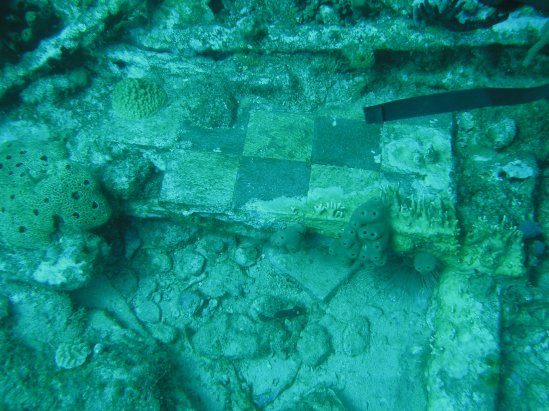Dr. Gerald L. Schroeder is a very original thinker. I recognized that when I read one of his previous books, The Science of God. Dr. Schroeder holds an earned PhD in physics and earth science from MIT and currently is an international consultant on radioactivity and a faculty member at Aish HaTorah College of Jewish Studies in Jerusalem. As an orthodox Jew, he takes the Old Testament very seriously. He believes that the days in Genesis are definitely 24-hour days, but he also believes that the earth is billions of years old. In fact, his writings indicate that he is a theistic evolutionist.
How can a theistic evolutionist believe that the days of Genesis are 24-hour days? That’s where his original thinking comes in. As a PhD physicist, he understands that defining reference frame is very important. After all, we know the rate at which time passes depends on the reference frame in which you are measuring time. For example, time passes more quickly on the GPS satellites than it does here on earth. If this were not taken into account, your Garmin would not lead you to your destination. Thus, the question in Dr. Schroeder’s mind is not “How long were the days of Genesis?” He is convinced they were 24 hours long. The question in his mind is “In what reference frame did those 24 hours pass?”
In The Science of God (and in this book), he gives us the answer to that question. He says the reference frame is not that of earth. Indeed, earth doesn’t become the focus of the creation account until after a couple of days pass. As a result, he thinks that the reference frame in which the Genesis days are defined is that of the universe as a whole. This produces an interesting effect.








